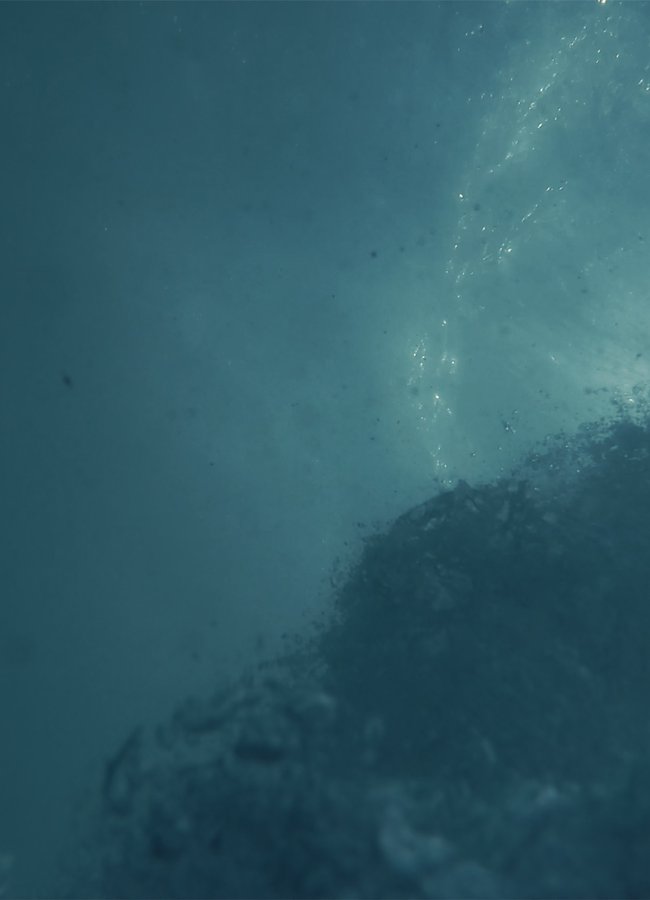Echoview is used worldwide to maximize the value and utility of hydroacoustic data.
Our growing community includes governments, scientists, commercial fisheries, and NGOs who use Echoview to visualize, process, and characterize echosounder and sonar data in marine and freshwater ecosystem studies.
We are pleased to shine a light on the findings made by our Echoview users through our 'In the Spotlight' series. This series is designed to communicate the innovative, groundbreaking research and projects underway in over 60 countries.
Here we introduce Dr Mariano Gutierrez. Thank you sharing your discoveries.
Dr Mariano Gutierrez
Dr Gutierrez is a scientist at the Humboldt Institute of Marine Research and Aquaculture (IHMA) Peru, a nonprofit civil organization that undertakes marine and aquaculture research to support the Peruvian fishery sector.
Project In the Spotlight
Dr Gutierrez’s research includes the development of data analysis techniques to detect internal structures such as internal waves in the epipelagic zone using acoustic data collected by fishing vessels. In collaboration with the National Fisheries Society (SNP) and the Peruvian Sea Research Institute (IMARPE), Echoview is used to detect and measure fish and zooplankton abundance, which is then related to the upper limit of the minimum oxygen zone (ULOMZ). The ULOMZ is calculated using a MATLAB based algorithm designed in IMARPE, which is then imported to Echoview as a line.
The image below shows example results from a wavelet analysis on the acoustic detection of internal physical structures in the ocean during a 90 kilometer transect (top panel). The yellow rectangles highlight the location of six types of detected clusters. A line representing the ULOMZ along the same transect is shown in the bottom panel to reveal the different types of internal waves, where the horizontal red segments correspond to the six types of detected structures.

What were the key findings of your research/project?
Dr Gutierrez said, “By using wavelet analysis to detect internal structures in the epipelagic zone, based on the acoustic detection of the upper limit of the minimum oxygen zone (ULOMZ), we found that certain types of sub-mesoscale structures are linked to different groups of species. For instance, jack mackerel and chub mackerel are species strongly related to structure types 3 and 4, which are often detected outside the shelf break.
Furthermore, we observed that when the ULOMZ becomes deeper, the abundance of fish and zooplankton increases. This is important for developing remote sensing capacities to detect fishing grounds.

To read more about Dr Gutierrez’s research, please visit the below links:
- Montero S., D. Grados, M. Gutiérrez. (2021). Relationship between oceanic vorticity and catches of Jack mackerel (Trachurus murphyi) by the industrial purse-seine fishing fleet in Peruvian jurisdictional waters between 2011 and 2019. SPRFMO. Proceedings of the 9th Meeting of the Scientific Committee. October 2021.
- SNP-IHMA. (2021). Habitat conditions for Jack mackerel (Trachurus murphyi) and Chub mackerel (Scomber japonicus) in the Peruvian Sea between January 2020 and June 2021. SPRFMO. Proceedings of the 9th Meeting of the Scientific Committee. October 2021.
- SNP-IHMA. (2021). Preliminary classification of the Peruvian fleet operating in the Jack mackerel and Chub mackerel fishery based on its acoustic data collection capabilities and proposal for its application to vessels operating in the Convention area. SPRFMO. Proceedings of the 9th Meeting of the Scientific Committee. October 2021.

